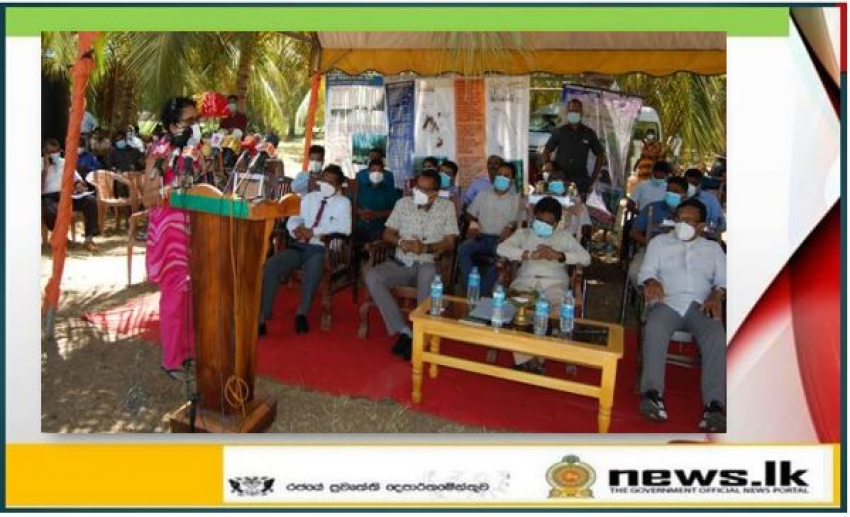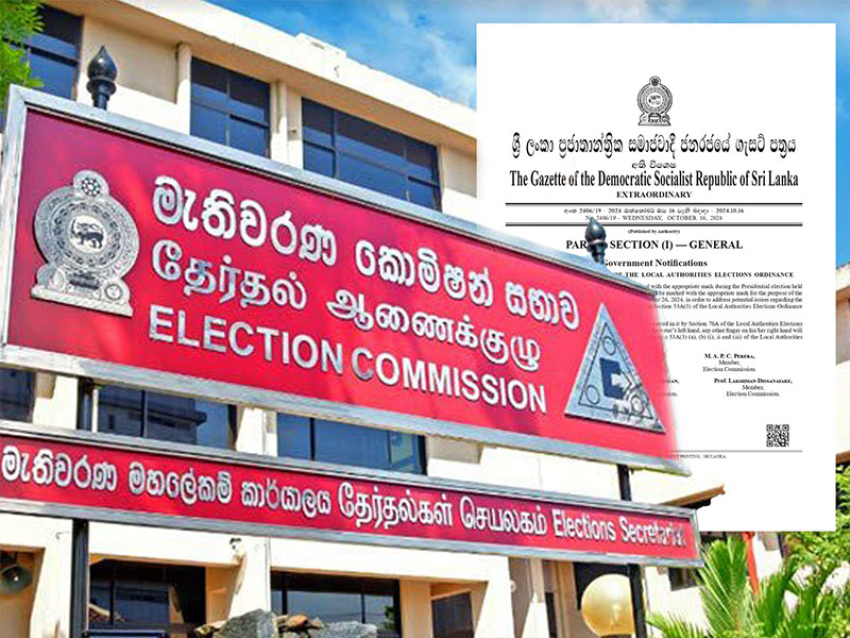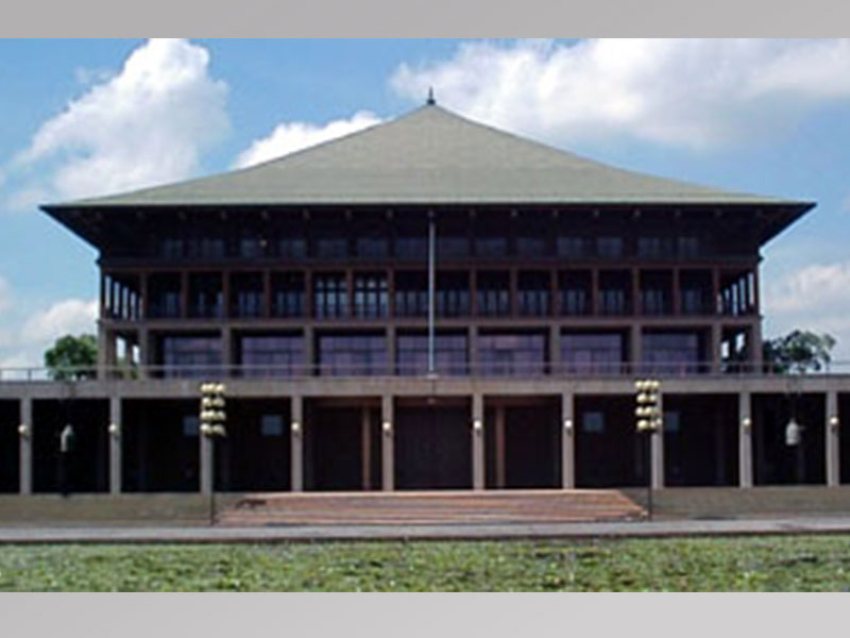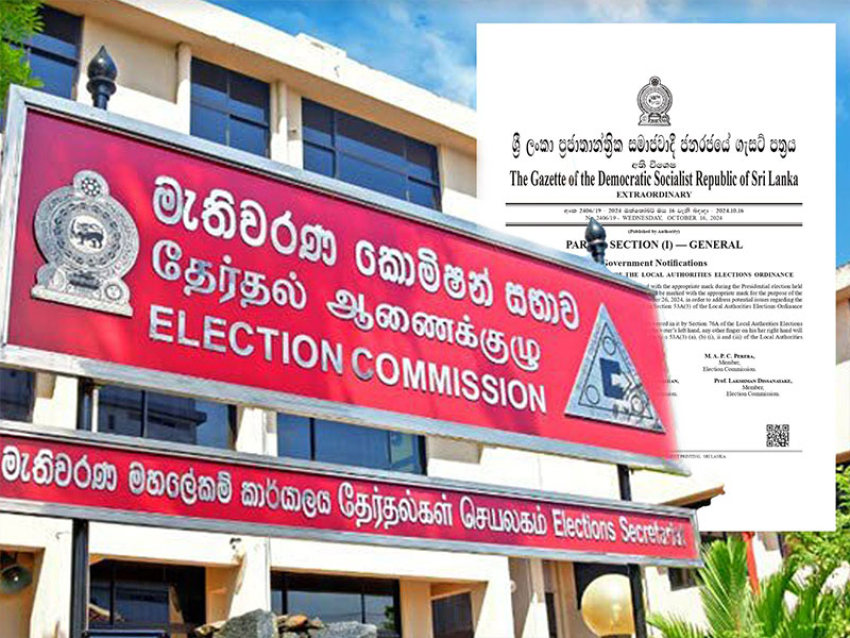Between 30-50% of mangroves have been lost over the past 50 years. New approaches for the restoration of mangroves are emerging; benefiting from new, low-cost technologies and supporting the resilience of local communities through empowered engagement and innovative funding. As has been underlined by the recent X-Press Pearl disaster, off the coast of Sri Lanka, coastal mangrove ecosystems are vulnerable to a wide range of possible stressors, which requires reliable monitoring and response plans.
33 of the 54 Commonwealth countries hold mangrove ecosystems, representing 22% of the global mangrove holdings. The Mangrove Ecosystems and Livelihoods Action Group (MELAG), championed by Sri Lanka, has been working with its members to identify the priorities for action, innovative ways for financing, that can trigger conservation and sustainable use, develop enabling policies and initiate data governance for an informed decision-making process.
Celebrating the International Day for the Conservation of the Mangrove Ecosystem declared by UNESCO, the Foreign Ministry was a part of two initiatives.
As a joint coordinator for the Commonwealth Blue Charter Action Group on Mangrove Ecosystems and Livelihoods (MELAG), the Ocean Affairs, Environment and Climate Change Division of the Foreign Ministry, together with the Commonwealth Secretariat organized a webinar on the theme “International Day for the Conservation of the Mangrove Ecosystem: Mapping Mangrove Ecosystems”. This theme was to raise awareness of the importance of mangrove ecosystems as “a unique, special and vulnerable ecosystem" and to promote solutions for their sustainable management, conservation and uses.
The webinar was aimed towards Commonwealth government officials, interested in how satellite images can help paint a comprehensive picture of global mangrove coverage. This knowledge can contribute to national policies and plans, blue carbon strategies, and Nationally Determined Contributions.
The speakers at the webinar included the Director General of Ocean Affairs, Environment and Climate Change Hasanthi Urugodawatte Dissanayake, describing the role of Sri Lanka’s leading role in the MELAG, key achievements and the ramifications of the X-Press Pearl ship Disaster on mangrove ecosystems; Director, Biodiversity Secretariat of the Ministry of Environment Pathma Abeykoon, focussing on Sri Lanka’s achievements in mangrove conservation and restoration, including formulation of policy, guidelines and the action plan and importance of high resolution satellite images for mapping and monitoring; and Geospatial Research Fellow at the Institute of Marine Affairs of Trinidad and Tobago Nikia Gooding on their experience in using satellite and aerial photography to monitor mangroves, and Strategic Accounts of EMSA Planets satellite company Mark Richardson on how the company is collaborating with countries, particularly in mapping corals and mangroves. The webinar was moderated by Advisor on Ocean Governance, Blue Charter Project Dr. Jeff Ardon lead at the Commonwealth Secretariat.
Over 75 participants joined the webinar, across the globe, comprising mostly from the Commonwealth fraternity.
Further, celebrating this special day, the Department of Forests organized a mangrove planting campaign at the ‘Omari Lagoon’ in the east coast, under the auspices of the State Minister of Wildlife Protection, Adoption of Safety Measures including the Construction of Electrical Fences and Trenches and Re-foreststation and Forest Resource Development, Honourable Wimalaweera Disssanayake. The Foreign Ministry was represented by Director General of Ocean Affairs, Environment and Climate Change and the team.
The Omari Lagoon is a unique lagoon which is not directly connected to the sea; as the area is lower that the sea level, there is constant salinity seeping through the soil. Because of the mangroves, salinity is prevented from reaching the inland further. This allows rice cultivation to take place close to the mangroves. During the rainy season, the mud flats get flooded and fish in the mud flats come out and breed fast, enabling another livelihood option for the local communities – fisheries. This is a beautiful example of why we should conserve mangroves – as it directly contributes to livelihoods, in addition to of course the scientific fact that mangroves sequester 3 - 4 time more carbon than tropical forests.
Foreign Ministry
Colombo




















